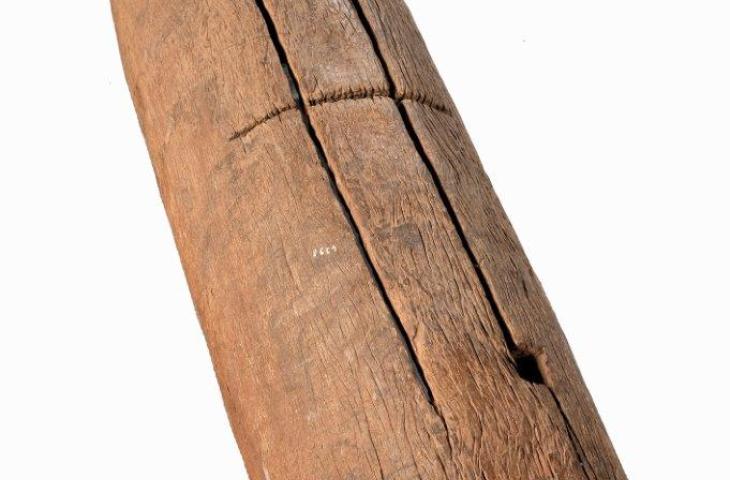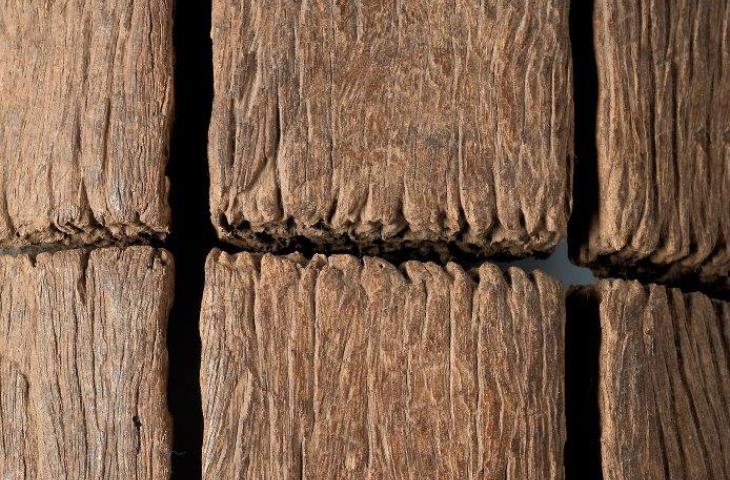Teponaztli

Teponaztli, Maya, Central America, before 1966, inv. 4298
Teponaztli

Teponaztli, Maya, Central America, before 1966, inv. 4298
The teponaztli is a percussion instrument and more particularly a split drum. It was already in use among the Aztecs and is still to be seen in certain areas of Mexico.
It consists of a hollowed-out tree trunk with an H-shaped notch at the top. The two tongues that are thereby formed each produce their own tone. Some teponaztli are richly decorated with engraved motifs. The instrument was regarded as a divine being, in exile on earth in the form of a musical instrument, and was consequently an object of special veneration. On a new ruler ascending the throne, blood from human sacrifice was poured into the drum via the openings. During ritual ceremonies, moreover, people danced in concentric circles around it, dancers of higher rank the closest. To achieve overall synchronization, the dancers in the middle had to slow their steps and those on the outside considerably to quicken theirs. Such dances and the great carrying distance of the sound of the teponaztli made a great impression on the Europeans during their conquests in Mexico.